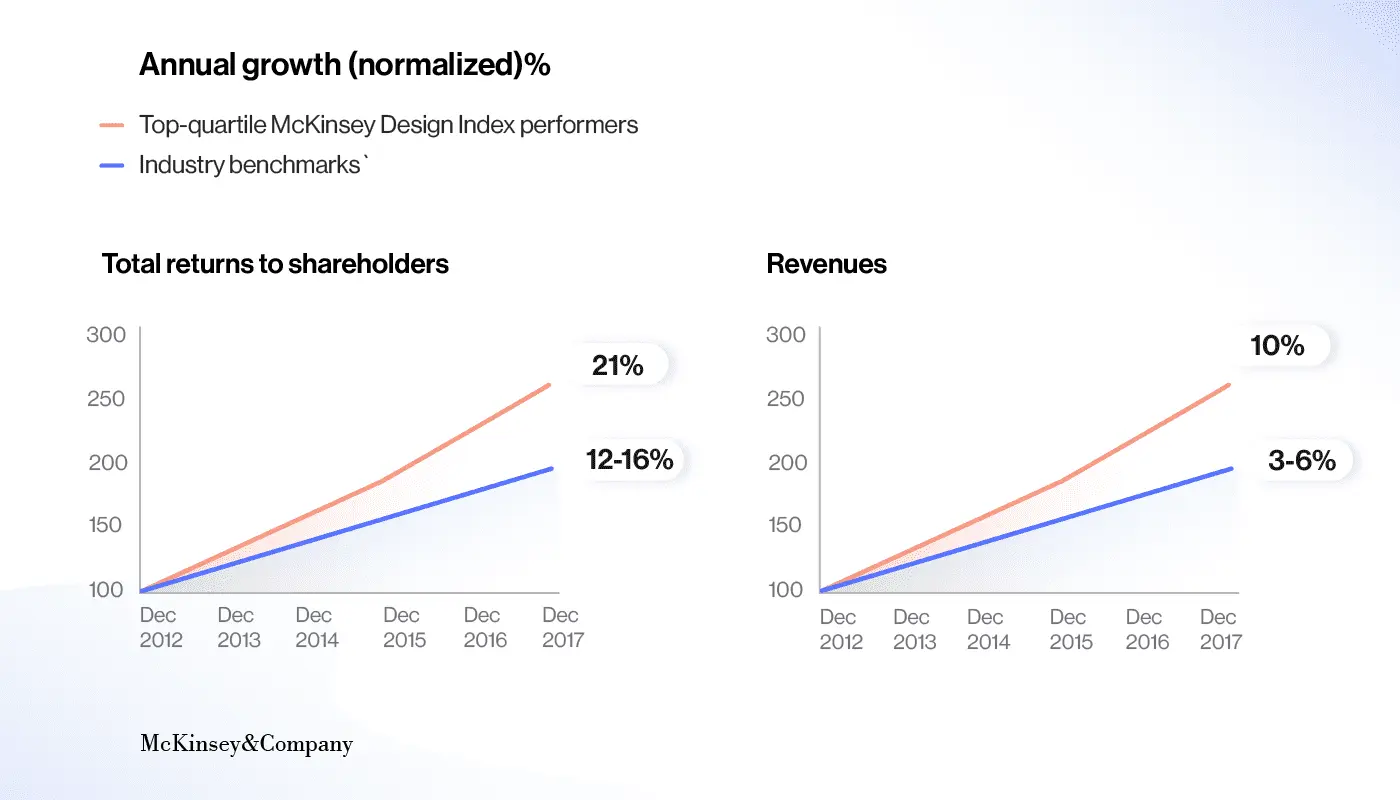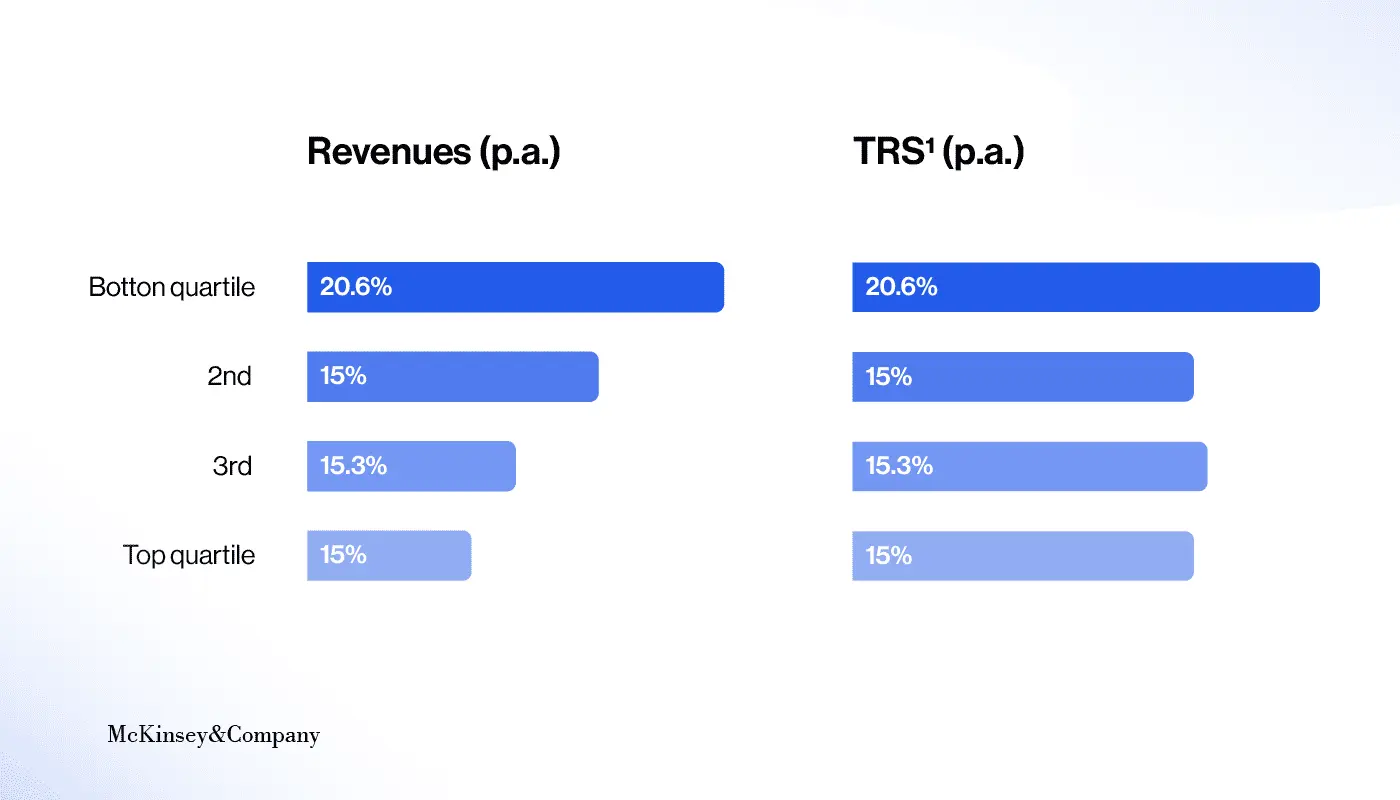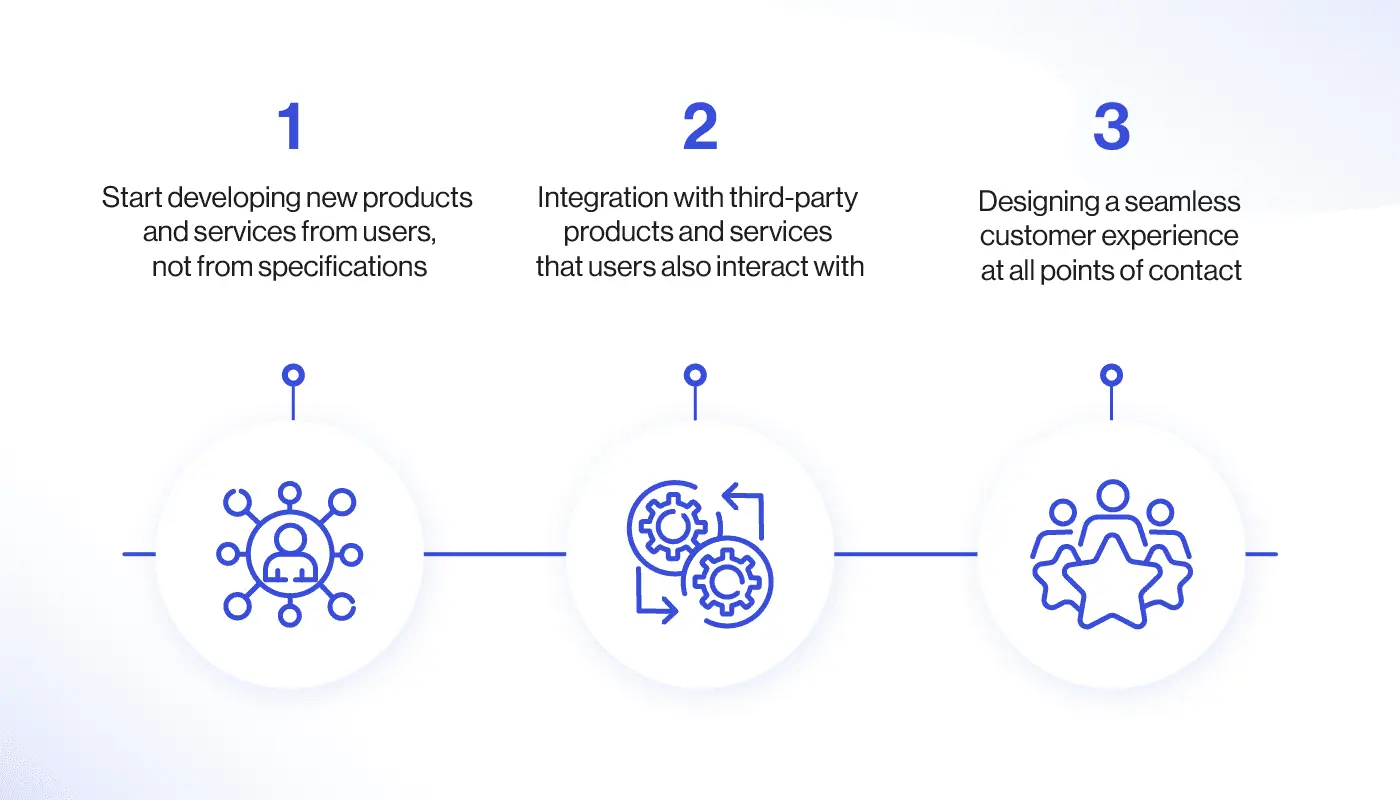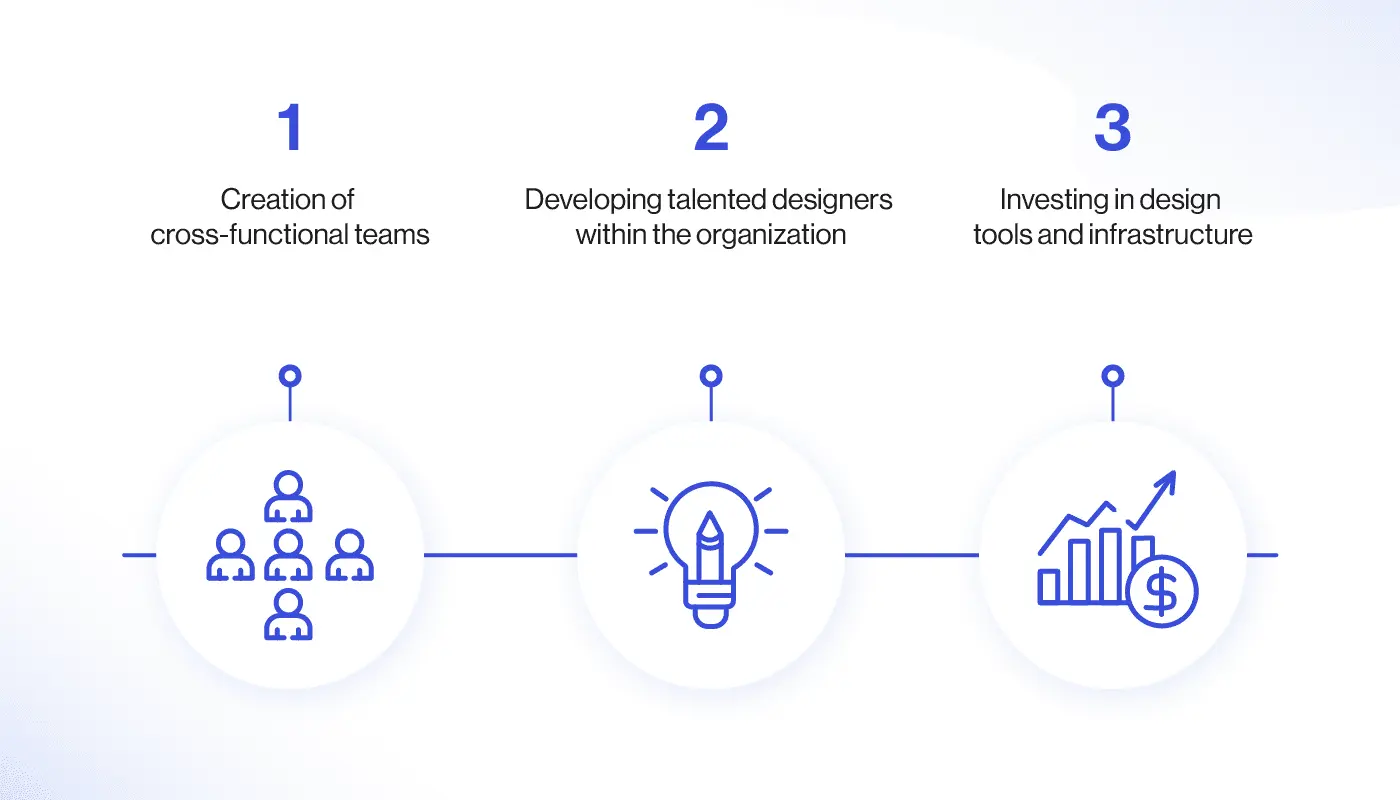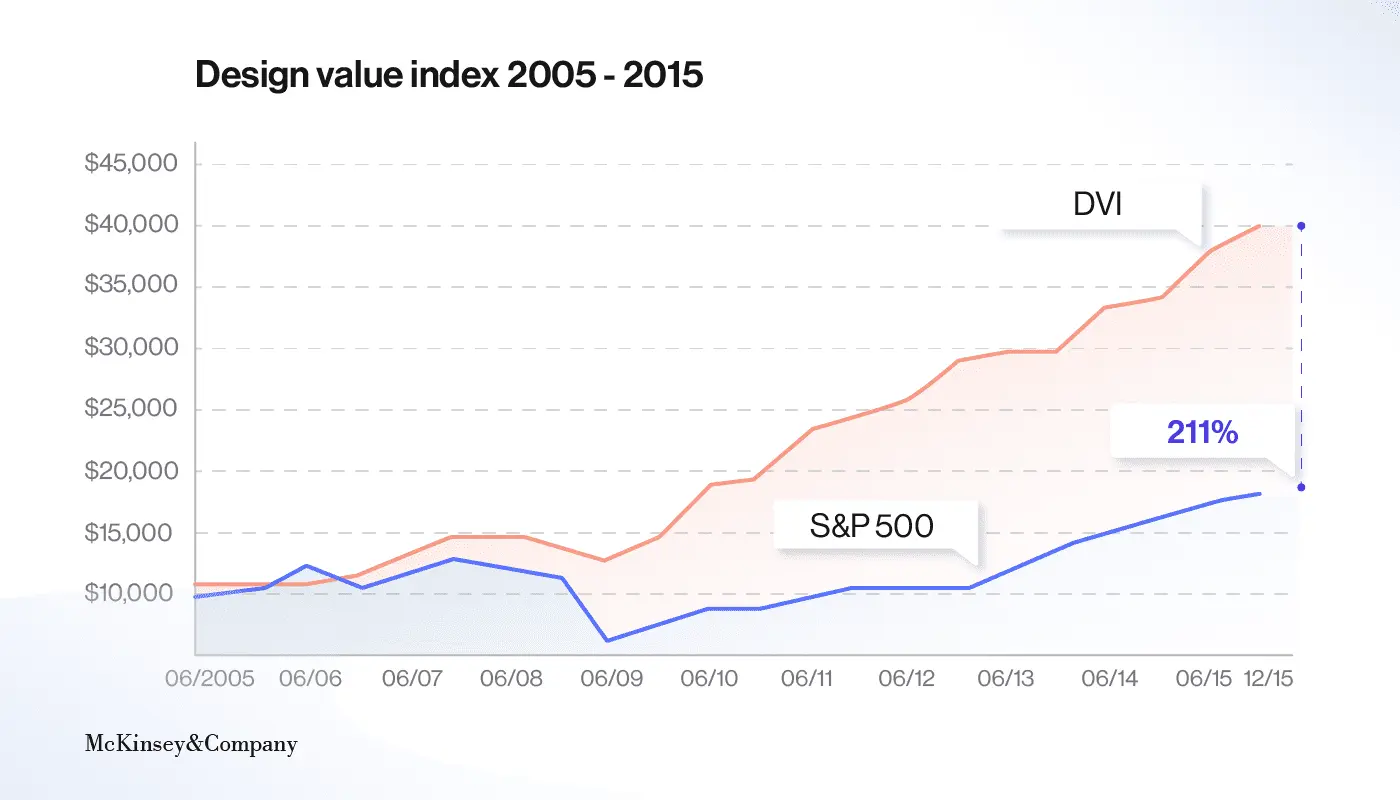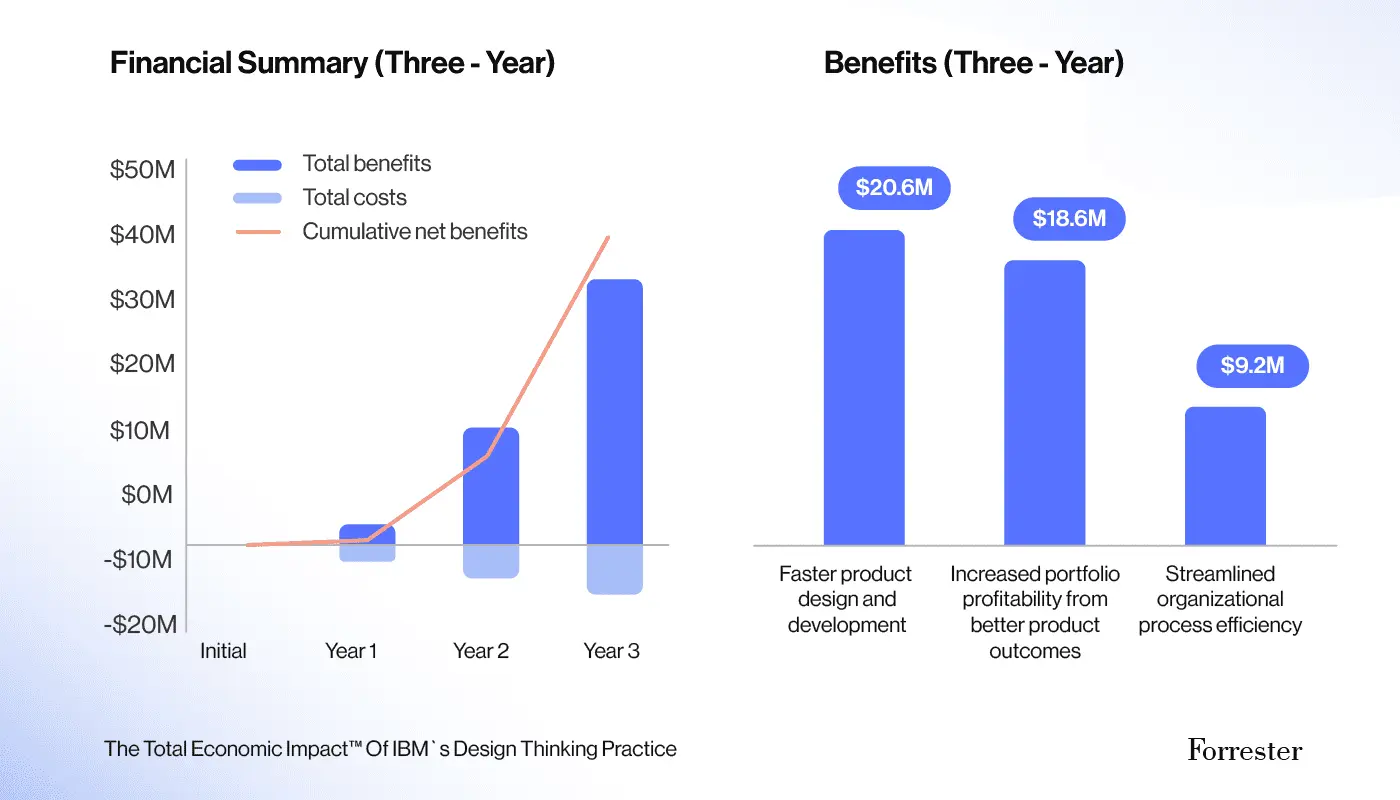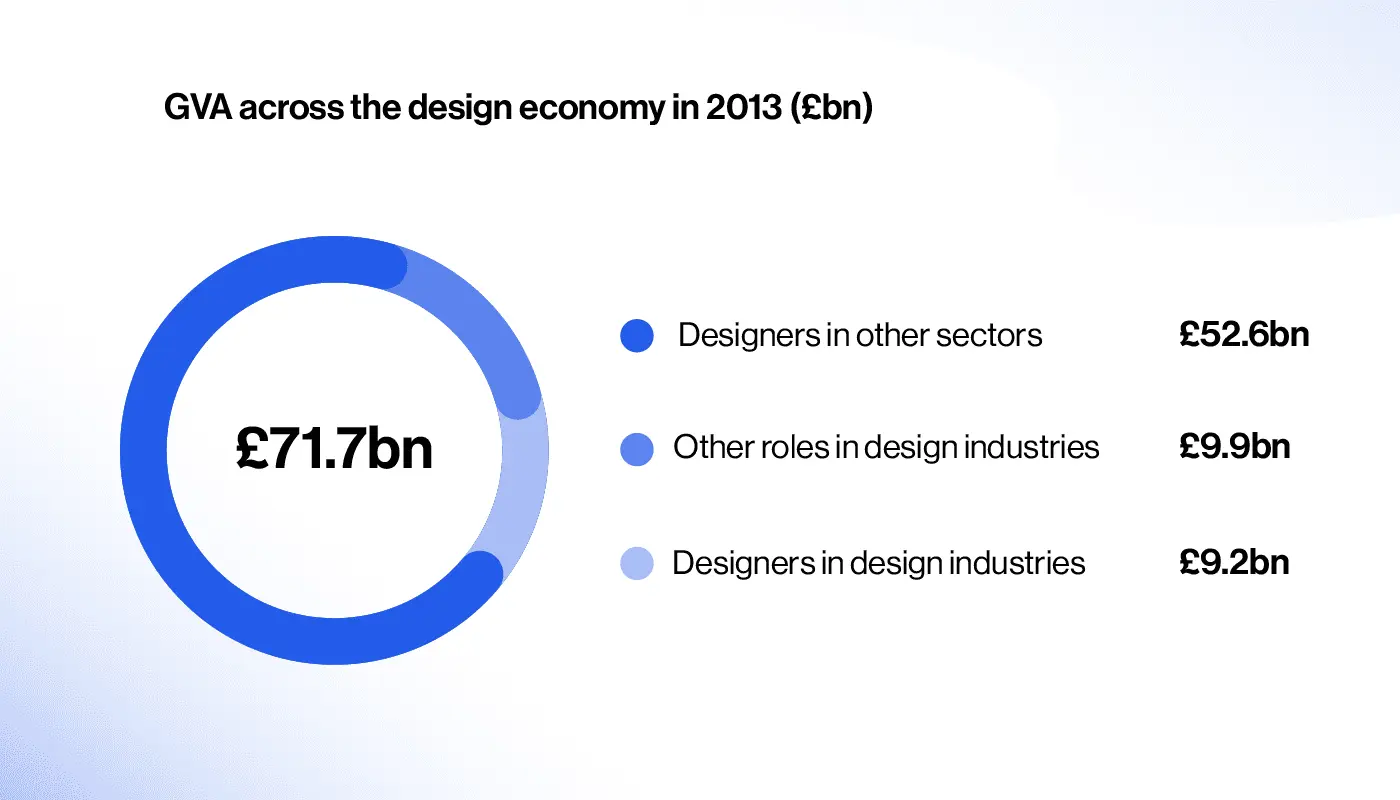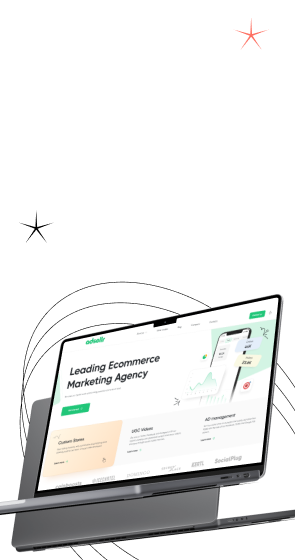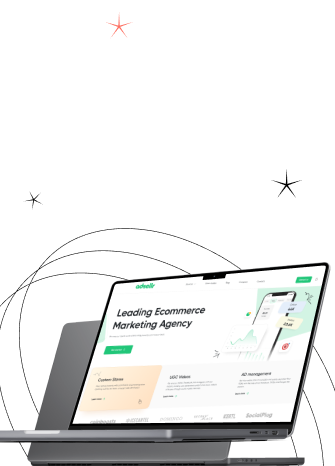Value is a characteristic that allows you to determine how much a certain thing is worth. People tend to make decisions based on cost – for example, “Should I buy this product?” or “Do I need to subscribe to this service?” In the case of evaluating the business value of design, entrepreneurs may be asking, “Should I hire a designer or design agency?”
A designer can’t just assign value to their work and hope that the client will agree with it. However, he can focus on increasing the effectiveness of design for the business and creating for himself the image of a first-class professional who brings value to the company.
Because businesses are primarily concerned with results (in other words, value-for-money), designers who can prove they can create value will stand out from the competition.
Why does a business need design? It helps to stand out from competitors, meet high consumer expectations, and share the global experience. But how do you create something exceptional every time? Is it worth it? In this article, we will try to answer the questions of the importance and value of design.

